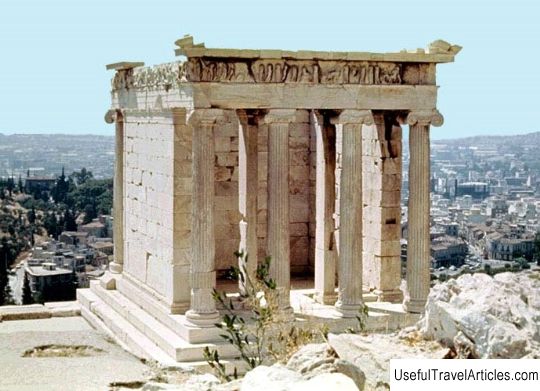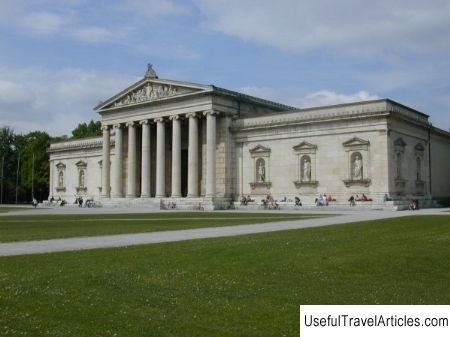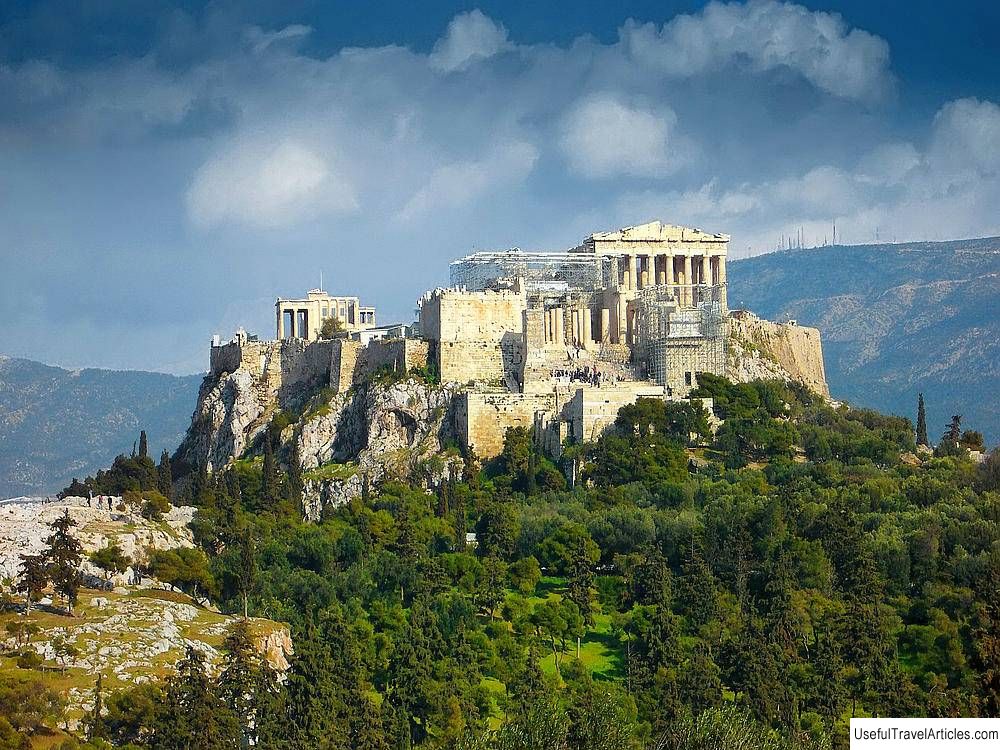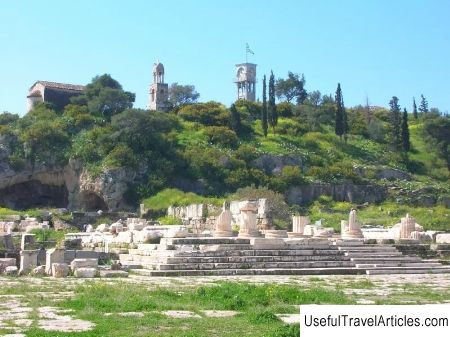Propylaea description and photos - Greece: Athens
Rating: 8,4/10 (297 votes) 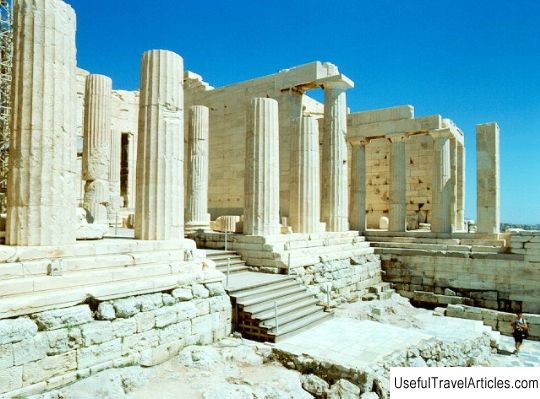
Propylaea description and photos - Greece: Athens. Detailed information about the attraction. Description, photographs and a map showing the nearest significant objects. The name in English is Propylaea. Photo and descriptionThe Propylaea of the Athenian Acropolis is an outstanding monument of ancient Greek architecture. The word "propylaea" comes from the prefix "pro" (from Lat. To or before) and "pilea" (from the Greek. Gate), which literally translates as "in front of the gate", although in fact it simply means a gate or entrance (passage). As a rule, "propylaea" are the front gates formed by porticos and colonnades. Such structures are characteristic of ancient Greek architecture, although the idea was used later in other countries. For example, the Brandenburg Gate in Berlin and the Propylaea in Munich are replicas of the central part of the Acropolis Propylaea. The Propylaea was built on the site of the old gate, which was destroyed by the Persians (like other structures of the Acropolis). The building was designed by the ancient Greek architect Mnesicles. Construction began in 437 BC. in the era of Pericles and ended in 432 BC. due to the outbreak of the Peloponnesian War, although the building was not yet fully completed. The monumental gate was made of white Pentelian marble interspersed with darker Eleusinian marble (for contrast). The architecture of the building perfectly combines the Doric and Ionic orders. The building consists of a central part and two adjoining wings (in the form of small Doric porticoes), one of which housed the Pinacoteca art gallery. The facade of the central part is represented by six Doric columns, which in their proportions are similar to those of the Parthenon. These columns divide the center section into five openings. The middle opening is the widest and was intended for solemn processions. It was once closed by a bronze gate. Initially, a wide road led to the gate, but in the 1st century the Romans built steps over it. In Christian times, both wings were converted into a church. In the 13-14 centuries, the Propylaea was the seat of the Duke of Athens, De la Roche. During the Ottoman period, the headquarters of the Turkish garrison and an ammunition depot were located here, which led to the explosion and destruction of the Propylaea in 1656. After the end of the War of Independence, all medieval and Turkish additional buildings were demolished and archaeological excavations began. In 1975, during the general reconstruction of the Acropolis, part of the restoration work was carried out on the Propylaea. A global seven-year project for the reconstruction of the Acropolis of Athens was completed in 2009.
     We also recommend reading Ruins of the Golshany castle description and photo - Belarus: Grodno region Topic: Propylaea description and photos - Greece: Athens. |
